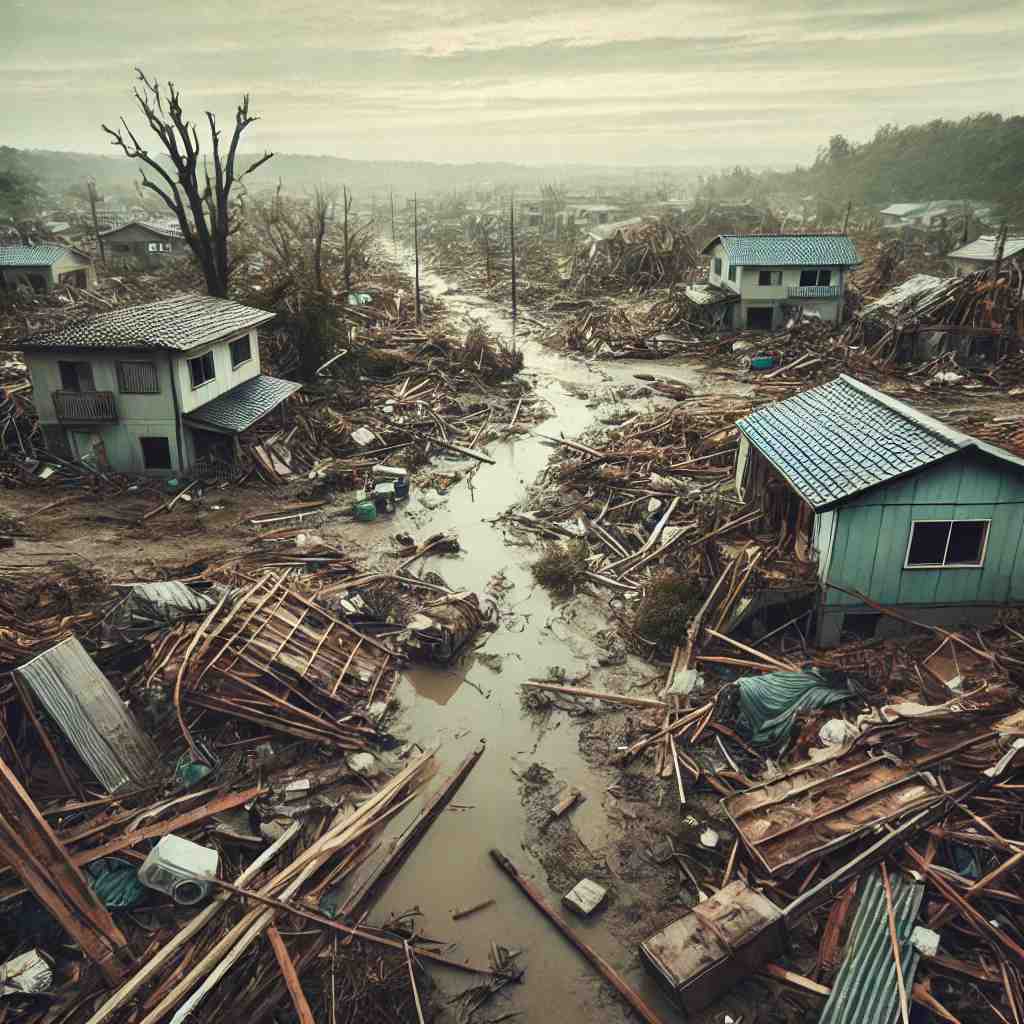Enhancing Profitability
The finance ministry has directed state-owned general insurance companies to prioritize profitable ventures over merely chasing top-line growth. The government recently infused Rs 7,250 crore into three public sector insurers: National Insurance Company Limited, Oriental Insurance Company Limited, and United India Insurance Company.
Financial Improvement
According to Financial Services Secretary Vivek Joshi, these companies are showing improved performance, potentially eliminating the need for further capital infusion. For instance, Oriental Insurance reported a profit of Rs 18 crore in FY24, reversing a Rs 5,000 crore loss from the previous year. National Insurance and United India Insurance also significantly narrowed their losses.
Operational Reforms
The ministry is addressing operational challenges, asking these companies to exit loss-making segments such as motor and health insurance. Since 2020-21, key performance indicators linked to reforms have been implemented to ensure efficient capital utilization and drive profitability.
Recruitment and Restructuring
The companies, previously under a hiring freeze, are now encouraged to recruit balanced workforces. This move aims to bolster their operational capacities and financial performance further.
Privatization and Market Listing
New India Assurance, the only listed state-owned general insurer, increased its profits from Rs 1,000 crore in FY23 to Rs 1,100 crore in FY24. The government has also announced plans to privatize one general insurance company, indicating a shift towards a more competitive market approach.
The finance ministry’s efforts aim to ensure sustainable growth and financial stability for these public sector insurers.
Longstanding Proposals
For over 13 years, proposals for a national catastrophe insurance plan have been stalled. Despite repeated recommendations, including from the Standing Committee on Finance in February 2024, no decision has been made by the government or IRDAI.
Impact of Natural Disasters
India frequently faces natural disasters, such as floods and landslides, causing significant economic losses and human fatalities. Recent disasters in states like Himachal Pradesh, Kerala, and Uttarakhand highlight the urgent need for comprehensive insurance coverage.
Insurance Gaps
Insurance coverage for natural disasters in India is minimal, with less than 10% of people and properties insured, compared to the global average of 54%. The government has often had to provide monetary relief post-disaster due to this protection gap.
Need for Specialized Insurance
The committee suggested a specialized insurance business for disaster-prone areas, potentially subsidized by the government. Examples include Florida’s hurricane insurance model.
Previous Efforts and Challenges
Past efforts, such as the proposed catastrophe pool post-Cyclone Nilam in 2010, have failed to materialize. Challenges include setting viable premium rates and mobilizing funds, as seen with the unviable Cat bonds proposed by GIC Re.
Call for Public-Private Solutions
The Standing Committee and reports like those from State Bank of India emphasize the need for a public-private partnership to manage disaster risks effectively. Implementing a Disaster Pool could provide more reliable coverage compared to ad-hoc government relief efforts.
Urgency for Action
Given India’s ranking as third globally in natural disasters and the increasing frequency and intensity of events, timely intervention is critical to close the protection gap and mitigate future losses.


